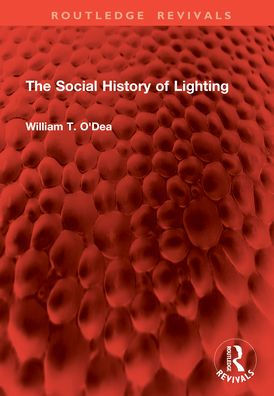The answers to all these questions are to be found in The Social History of Lighting (originally published in 1958), representing the fruits of careful historical research over many years in a virtually unexplored field. We read with horror of conditions in slave ships, warships, and emigrant ships because we no longer realize that to have no light was absolutely normal below decks; just as it was equally normal not to work after dark. The effect of light, or the lack of it, on social history should provide much food for thought. It is fortunate that the subject is also full of surprises and entertainment value for the general reader as well as the historian. The author, to present effectively the numerous contemporary references upon which this study is based, made a series of tests involving lengthy vigils by the lights available in the past. The result is an authoritative work that will be invaluable professionally to historians, curators, and stage and screen producers.
The answers to all these questions are to be found in The Social History of Lighting (originally published in 1958), representing the fruits of careful historical research over many years in a virtually unexplored field. We read with horror of conditions in slave ships, warships, and emigrant ships because we no longer realize that to have no light was absolutely normal below decks; just as it was equally normal not to work after dark. The effect of light, or the lack of it, on social history should provide much food for thought. It is fortunate that the subject is also full of surprises and entertainment value for the general reader as well as the historian. The author, to present effectively the numerous contemporary references upon which this study is based, made a series of tests involving lengthy vigils by the lights available in the past. The result is an authoritative work that will be invaluable professionally to historians, curators, and stage and screen producers.

The Social History of Lighting
304
The Social History of Lighting
304
Product Details
| ISBN-13: | 9781041021346 |
|---|---|
| Publisher: | Taylor & Francis |
| Publication date: | 07/01/2025 |
| Series: | Routledge Revivals |
| Pages: | 304 |
| Product dimensions: | 6.88(w) x 9.69(h) x (d) |
